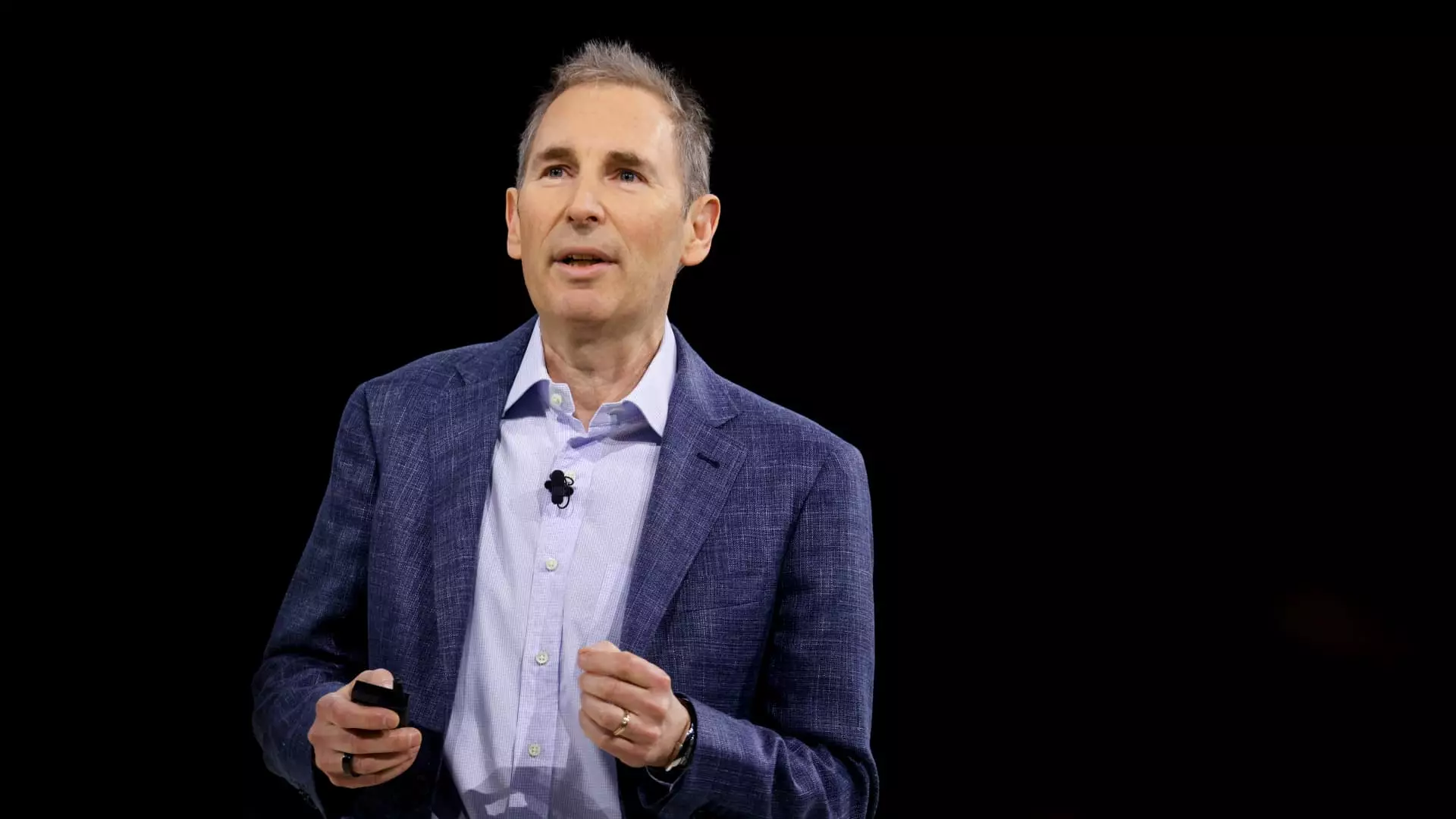Amazon’s CEO Andy Jassy recently acknowledged a stark reality that many in the tech industry are grappling with: generative artificial intelligence is fundamentally reshaping the workforce. Jassy candidly stated that the increasing automation enabled by AI leads inevitably to a reduction in the number of employees needed for certain roles. This is not merely a hypothetical future scenario—it is already unfolding as advanced AI systems take on tasks once performed by humans. Yet, Jassy’s message is nuanced; he emphasizes that while AI eliminates some jobs, it simultaneously creates opportunities in emerging sectors like AI development and robotics.
This duality represents a critical juncture in corporate labor strategies. The traditional model of workforce expansion to meet operational needs is giving way to a more complex landscape where headcount may decline overall but require a reallocation of talent toward more innovative, tech-centric roles. The crucial variable lies in the company’s ability to pivot its human resources efficiently, reskilling or redeploying staff to maximize the potential of AI rather than simply downsizing indiscriminately.
AI as a Catalyst for Job Redesign, Not Just Job Cuts
One of the more optimistic angles in Jassy’s perspective is that AI has the potential to obliterate mundane, repetitive tasks that often hamper employee engagement and productivity. Liberating workers from rote duties can foster a more stimulating work environment where creativity and strategic thinking are prioritized. In theory, this makes jobs more appealing and impactful. However, the real challenge is managing this transition without alienating employees or creating a sense of job insecurity.
Despite the appealing promise of “more interesting jobs,” the current reality remains fraught with uncertainty. Amazon’s workforce has already been trimmed significantly, with over 27,000 layoffs since early 2022, including targeted reductions in retail and devices units. This coincides with broader industry trends—companies like Klarna have slashed headcounts by about 40%, attributing much of the efficiency gain to AI. The hard truth is many will lose jobs or see their roles profoundly altered, and not everyone displaced by automation will find it easy to transition into these new, AI-centered positions.
Wider Tech Industry Trends Amplify Amazon’s AI Workforce Challenges
Amazon’s experience is emblematic of a larger tech ecosystem shift. Salesforce’s CEO Benjamin Benioff recently revealed that AI is now performing nearly half the company’s workload, highlighting how deeply integrated these technologies have become. Similarly, firms like Shopify and Microsoft are actively encouraging employees to adopt AI tools, fundamentally changing daily workflows rather than just tinkering at the edges.
However, this transformation doesn’t necessarily translate into positive investor sentiment for Amazon. The company’s stock has lagged behind Nasdaq’s gains and peers like Meta, Microsoft, and Nvidia, which are either hitting or approaching record highs. This divergence suggests skepticism in market confidence about Amazon’s ability to leverage these technological advancements into sustained growth or profit increases, especially amidst workforce cuts and restructuring.
Balancing Efficiency with Human Capital Value
At the heart of this evolution lies a profound dilemma faced by Amazon and similar enterprises: how to balance the pursuit of efficiency through AI with the intrinsic value that human capital brings. Over-automation risks alienating a workforce that thrives on meaningful challenges and interpersonal collaboration. Yet, resisting technological advancement invites competitive stagnation.
The key, in my view, will be how companies manage this delicate transition with transparency and foresight. Simply reducing headcount without substantial investment in human development risks short-term cost savings at the expense of long-term innovation. Moreover, culture and employee morale must factor into any AI integration strategy. For Amazon to succeed, it must navigate these turbulent waters with a clear commitment to reimagining roles, rather than erasing them outright, crafting a future where AI amplifies human potential rather than replaces it entirely.

